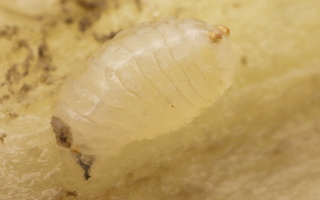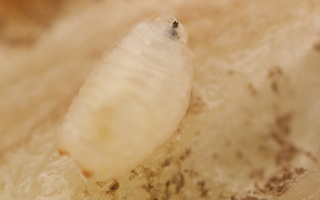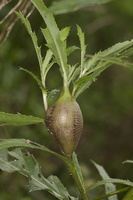- sort orderDefault
Photo title, A → Z
Photo title, Z → A
✔ Date created, new → old
Date created, old → new
Date posted, new → old
Date posted, old → new
Visits, high → low
Random - Google Map
- map
 home / Insecta · vabzdžiai / Diptera · dvisparniai / Tephritidae · margasparnės / Urophora cardui · daginė margasparnė
home / Insecta · vabzdžiai / Diptera · dvisparniai / Tephritidae · margasparnės / Urophora cardui · daginė margasparnė

-
 Urophora cardui · daginė margasparnė
Urophora cardui · daginė margasparnė
-
 Urophora cardui, larva · daginė margasparnė, lerva
Urophora cardui, larva · daginė margasparnė, lerva
-
 Urophora cardui, larva · daginė margasparnė, lerva
Urophora cardui, larva · daginė margasparnė, lerva
-
 Urophora cardui, larva · daginė margasparnė, lerva
Urophora cardui, larva · daginė margasparnė, lerva
-
 Urophora cardui, larva in gall · daginė margasparnė, lerva ant dirvinės usnies galo
Urophora cardui, larva in gall · daginė margasparnė, lerva ant dirvinės usnies galo
-
 Urophora cardui, larva in gall · daginė margasparnė, lerva ant dirvinės usnies galo
Urophora cardui, larva in gall · daginė margasparnė, lerva ant dirvinės usnies galo
-
 Urophora cardui, larva · daginė margasparnė, lerva
Urophora cardui, larva · daginė margasparnė, lerva
-
 Urophora cardui, larva in gall · daginė margasparnė, lerva ant dirvinės usnies galo
Urophora cardui, larva in gall · daginė margasparnė, lerva ant dirvinės usnies galo
-
 Urophora cardui, larva in gall · daginė margasparnė, lerva ant dirvinės usnies galo
Urophora cardui, larva in gall · daginė margasparnė, lerva ant dirvinės usnies galo
-
 Urophora cardui gall on Cirsium arvense
Urophora cardui gall on Cirsium arvense
-
 Urophora cardui gall on Cirsium arvense
Urophora cardui gall on Cirsium arvense
-
 Urophora cardui gall on Cirsium arvense
Urophora cardui gall on Cirsium arvense
Urophora cardui · daginė margasparnė
- thistle gall fly, thistle stem gall Fly
- Distelbohrfliege
- Ohakapahakärbes
- Aaltokärpänen
- daginė margasparnė
- wyroślówka ostowa
https://en.wikipedia.org/wiki/Urophora_cardui The fly starts life as an egg, one to thirty of which are laid on the stems of creeping thistle (Cirsium arvense), during the host's growing season. After hatching, the larvae burrow into the stem and form a gall (or swelling). The larvae grow to reach 98% of their full adult body weight, and overwinter in the gall in the third larval stage (instar). They pupate in early spring for 24 to 35 days and appear reddish brown. The adult fly then chews a tunnel and escapes from the gall.